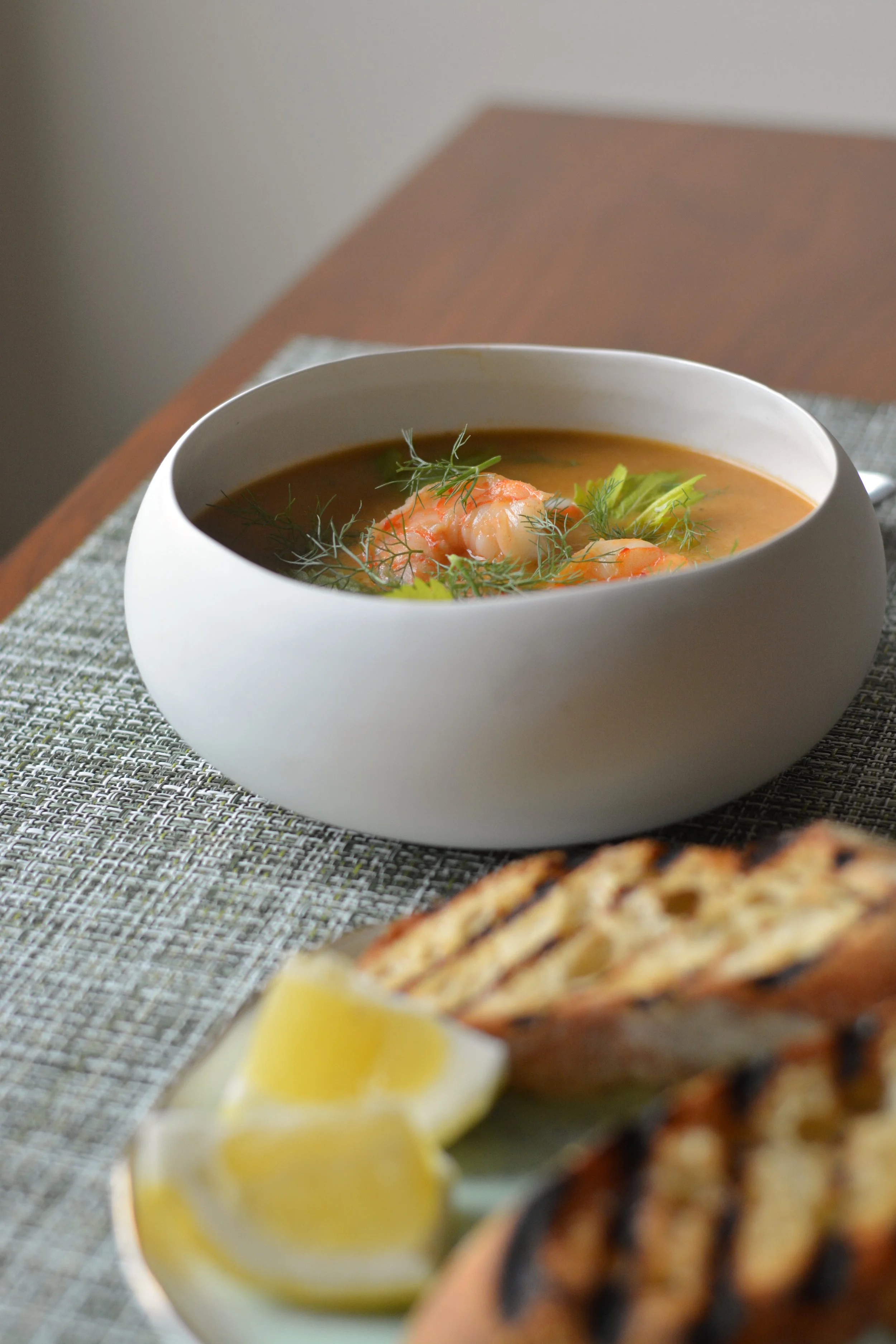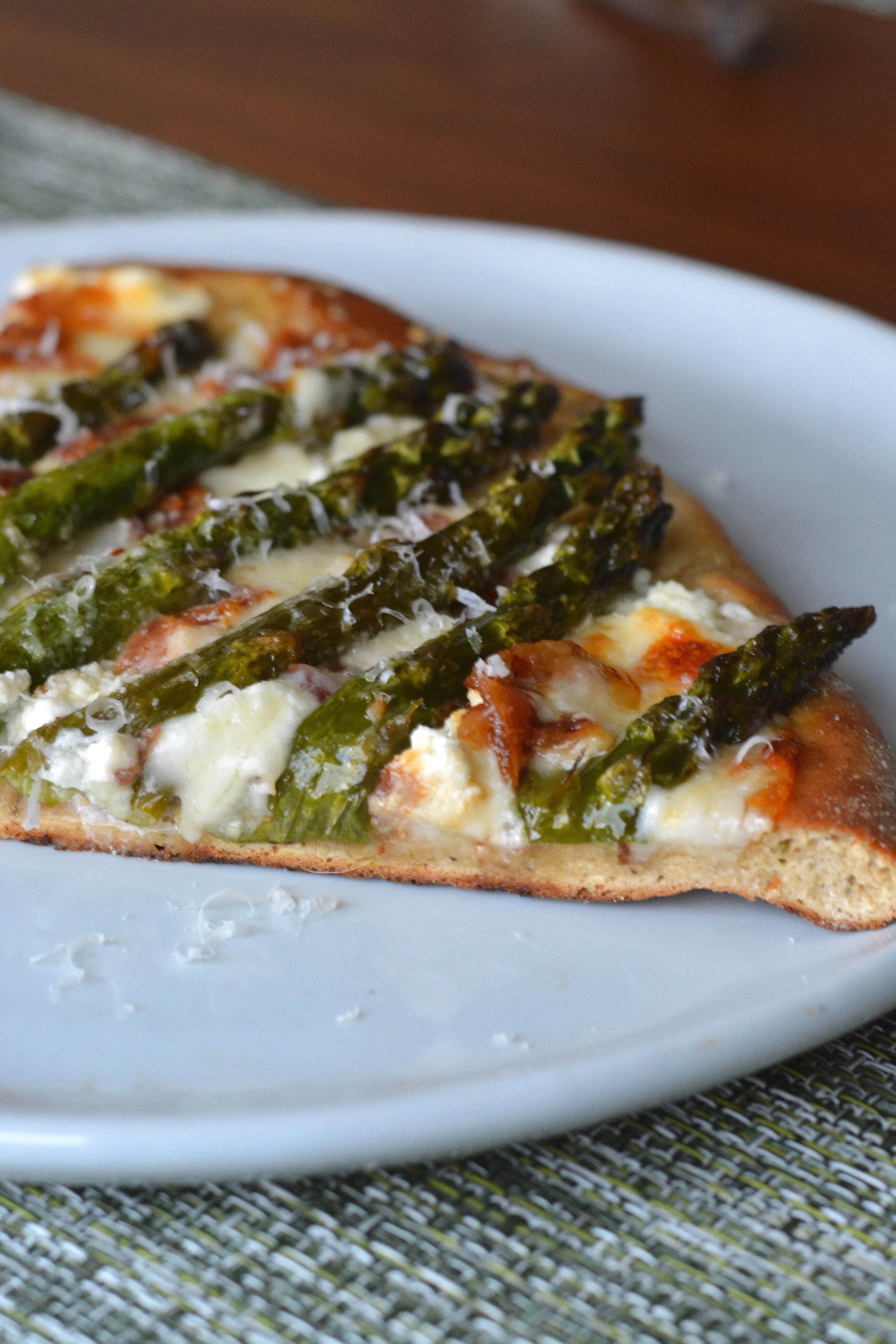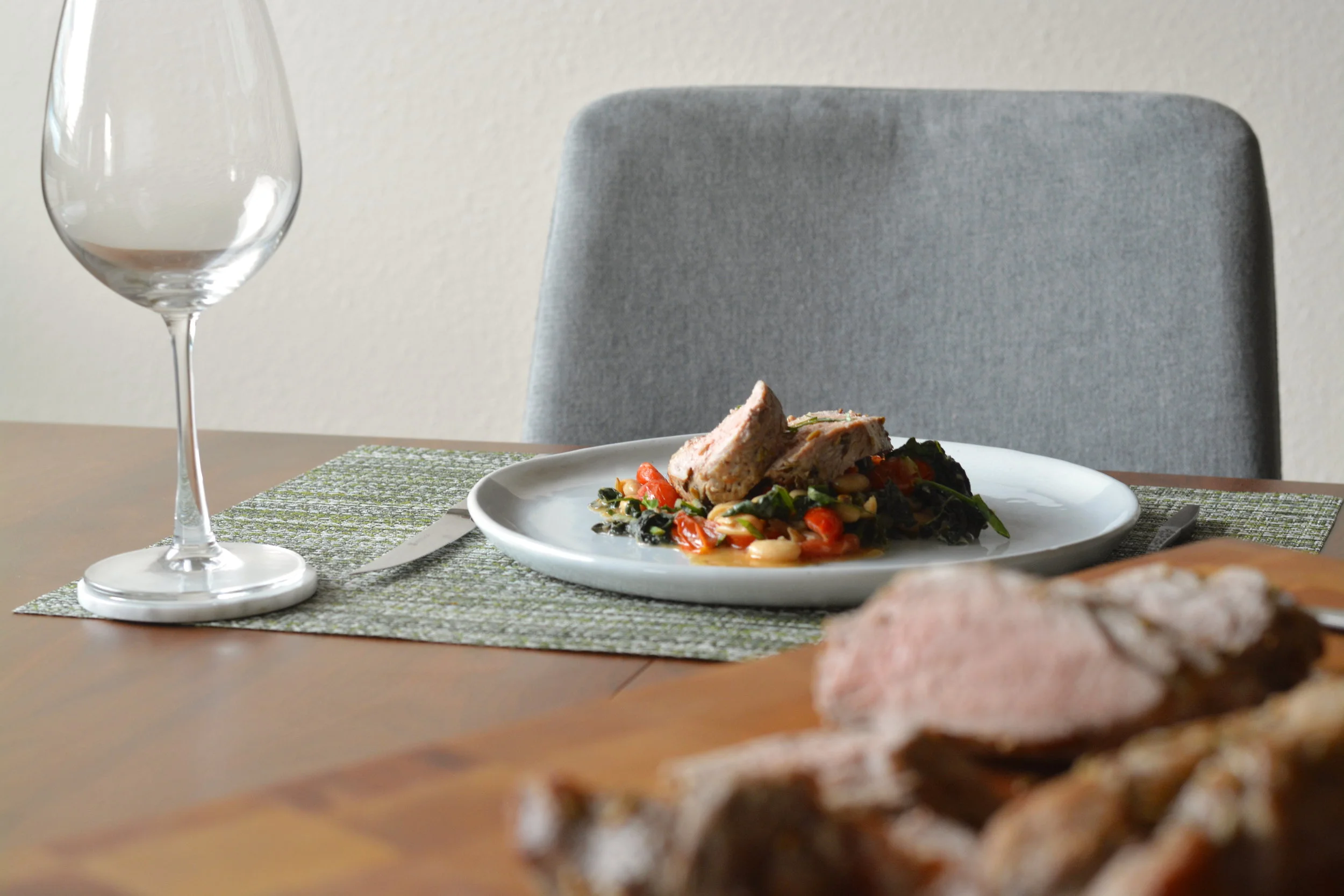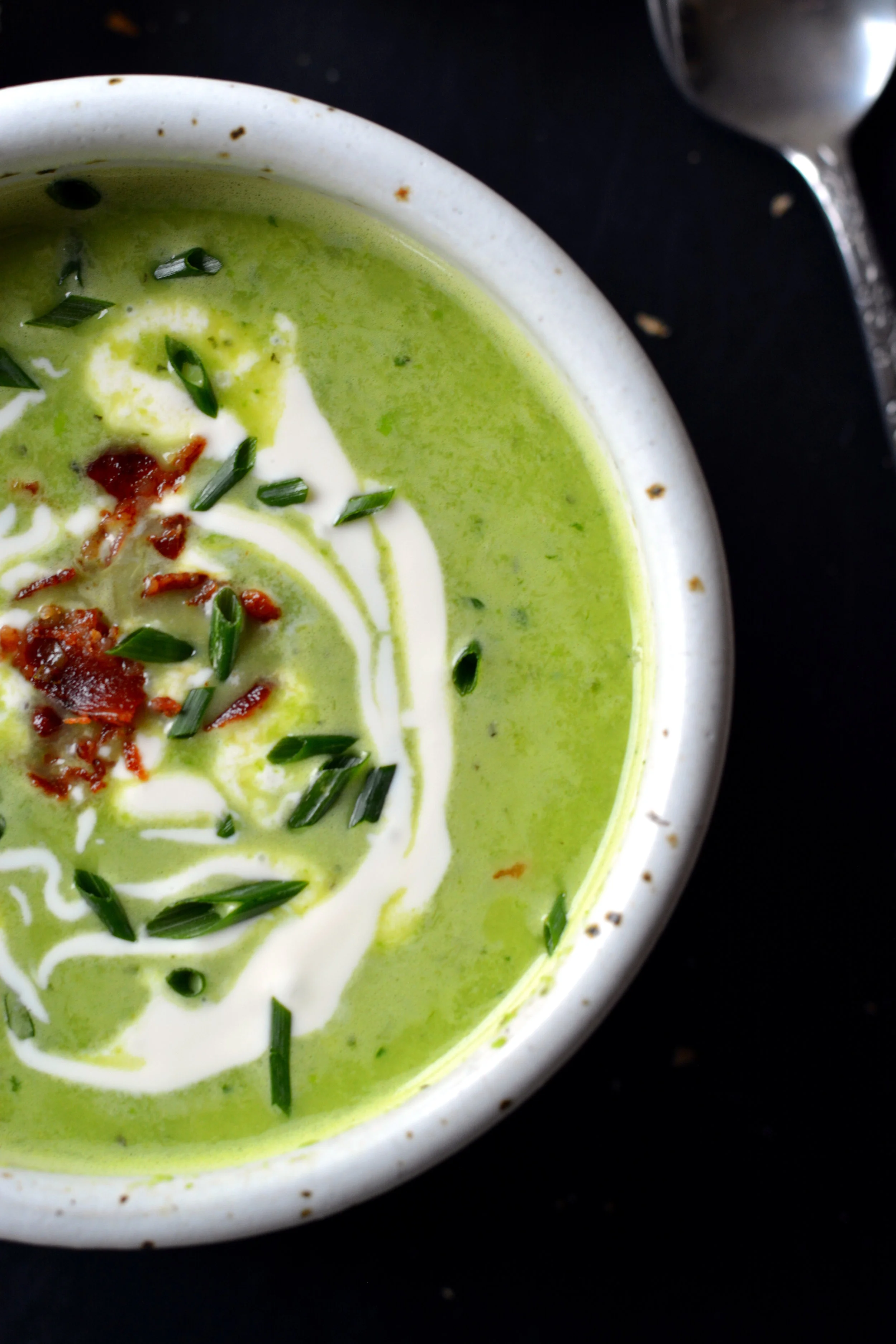"A recipe is at the very least a method of accounting for a cooking process. At best, it captures a memory or inspired moment in cooking. But it can never quite tell enough, nor can it thoroughly describe the ecstatic moments when the intuition, skill, and accumulated experience of the book merge with the taste and composition of the food." - Paul Bertolli
Suddenly, this summer feels like easy breathing—my chest has opened and my breath has found home deep in my stomach. Maybe it is because I just finished a large project at work or because Leah, the gloriously resplendent woman, came to visit and reminded me what authenticity feels like. This summer hasn’t all been satisfying, but I recognize there is an effervescent quality to feeling whole and complete, so who am I to compare one moment to the next? It is in the pausing and the smiling that I am happy with who I have become, who I am in every fleeting moment, and with who I will be in the future. In fact, part of me knows I need to write more to create space where I can reflect and find these moments. This blog is where I succeed and falter--writing one post about general feelings of finding myself and then moving to a simple post about a dish. It hasn’t been internalized like it needs to be. Cooking, eating, and sharing are not taking the precedence I want them to in my life. Rectifying this is necessary.
Despite these feelings, it has been a month of fabulous eating. I don’t often like to take control of my own birthday celebrations, as it generally is not that important to me, but this year I decided that I needed to have some long-time friends over for an over the top cheese, charcuterie, and Rosé spread. Following Tara in her new cookbook, Seven Spoons, I made ricotta from scratch—folding in some thyme, piling slow roasted cherry tomatoes on top, and drizzling the entirety of the bowl in good olive oil and balsamic. Spread on grilled bread, it was simple and satisfying in a way the grocery store kind can never achieve. I can still see Leah’s smile when I told her there was some left for her to try.
A few weeks before hand, after a July 4th celebration that left me giddy with too much wine, I decided that my day of cured meats also required steak tartare. We got home late, but I refused to let AM go to bed until I went through every cookbook on my shelf to compare recipes. I went with Renee Erickson’s because hers was the first I ever tried. I even went to her preferred butcher, Rain Shadow Meats, to get my beef. You could say I am a little obsessive with these types of things, but the reality is that learning about great vendors and seeking them out brings me great joy, despite my reservations about not knowing enough. The flavor of Renee’s recipe were spot on—piquant yet full of umami, giving one’s mouth that calming, full-of-fat feeling. My only complaint is that the proportions were off—had I used all of the flavorings with my steak, it would have been a gloppy mess. Regardless, I held back and that farm fresh yolk on top was a beacon to satisfaction, just begging to be burst with a golden brown rye toast.
Top it all with some harissa hummus, a mint pea pesto, salumi salami, soppresata, prosciutto, homemade pickles, a bunch of cheese, and a pear tart and we were in business. We snacked, chatted on the roof, and made a mad mess eating popsicles in the hot sun. It was easy and laid back, just the way a birthday should be. I’ve been snacking on the leftovers all week, savoring the last little bits of Humboldt Fog and a Havarti with dill. I’ll be making more ricotta soon to try with new accoutrements—it is enticingly simple, so you should give it a try too.
Ricotta with thyme, slow roasted tomatoes, and balsamic
Ricotta recipe adapted from Seven Spoons
You can use the basic ricotta recipe to make many different variations. Strain the ricotta a bit longer to make paneer or even a ricotta salata. It’s a great cheese that takes on any and every flavor, so explore!
1 pint cherry tomatoes
2 T. olive oil
6 c. whole milk (not ultra-pasteurized)
2 c. heavy cream (not ultra-pasteurized)
1/3 c. freshly squeezed lemon juice
2 sprigs of thyme
2 T. extra virgin olive oil
2 T. balsamic vinegar
salt and pepper
Preheat your oven to 250 degrees Fahrenheit and line a baking sheet with parchment paper. Cut your cherry tomatoes in half and place cut side up on the baking sheet. Drizzle tomatoes with olive oil and season with salt and pepper. Roast in the oven for two and half hours, turning the pan halfway through. They will dry and shrivel around the edges, but will have a concentrated tomato flavor. When done, set aside to cool.
In a large pot (at least 4 quarts), heat your milk and cream on medium low until it reaches 200 degrees Fahrenheit on an instant read thermometer. Be sure to stir frequently to prevent scorching and do not let your mixture boil. Remove the pot from the heat and stir in the lemon juice and a pinch of salt. Let sit, undisturbed, for 10 minutes. While you wait, line a mesh strainer with a double layer of cheesecloth and place over a large boil.
Check the mixture to ensure that it is mostly curdled—the acid has separated the fat from the mixture into curds and the remaining liquid is the whey. Carefully pour the mixture through the cheesecloth lined strainer. Let the ricotta drain until it reaches your desired consistency, about 45 minutes (but up to two hours for other uses).
Transfer the strained ricotta into a smaller bowl. Strip the thyme leaves from the stems and fold into the ricotta mixture. Taste for seasoning and add salt if necessary. Pile your slow roasted tomatoes on top and drizzle the entire bowl with good extra virgin olive oil and your favorite balsamic vinegar. Spread on anything that needs cheese (which is everything).









